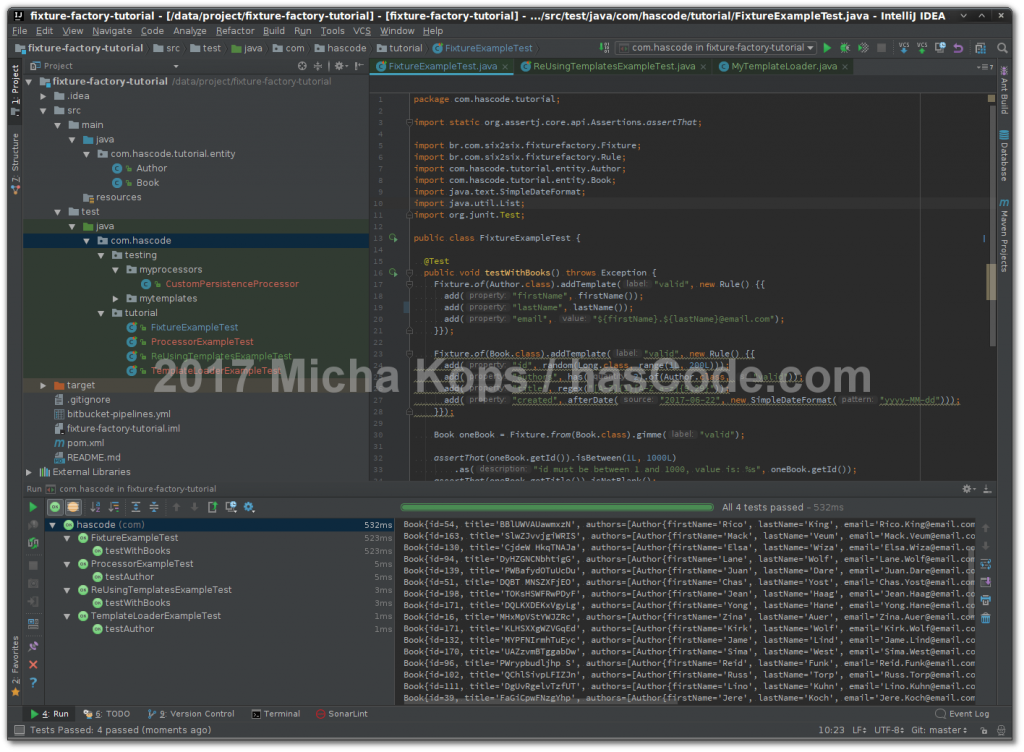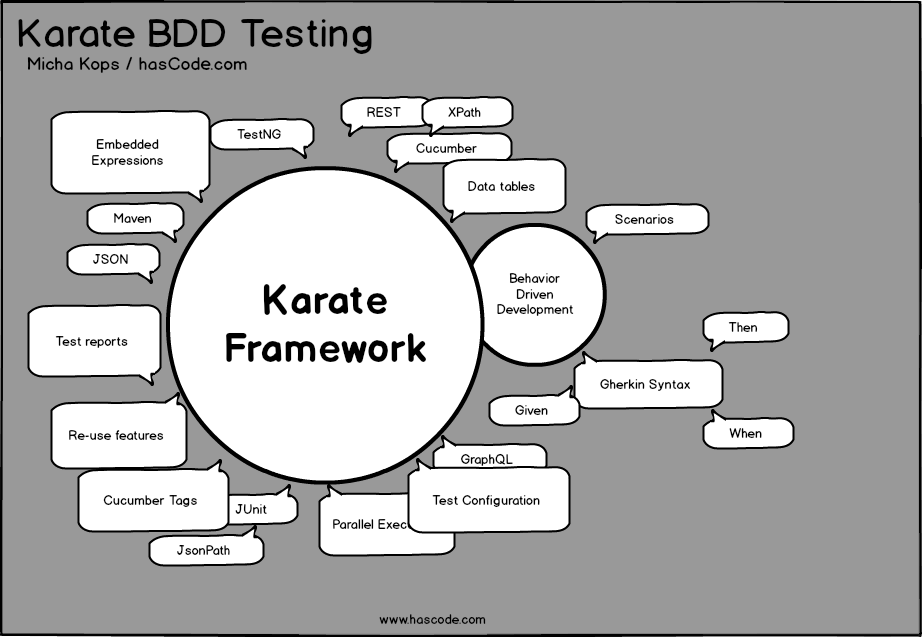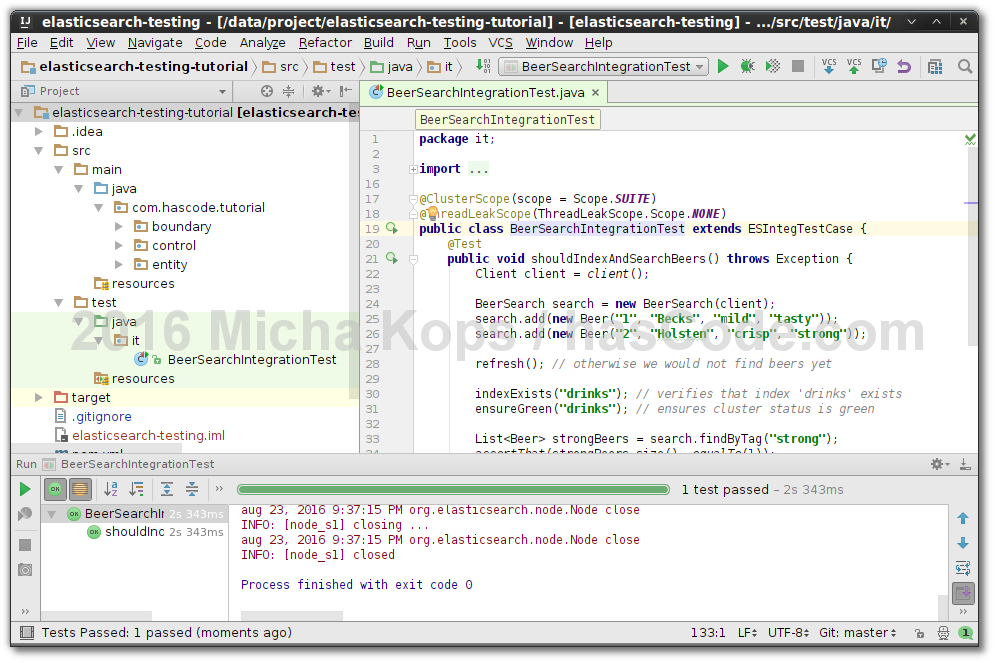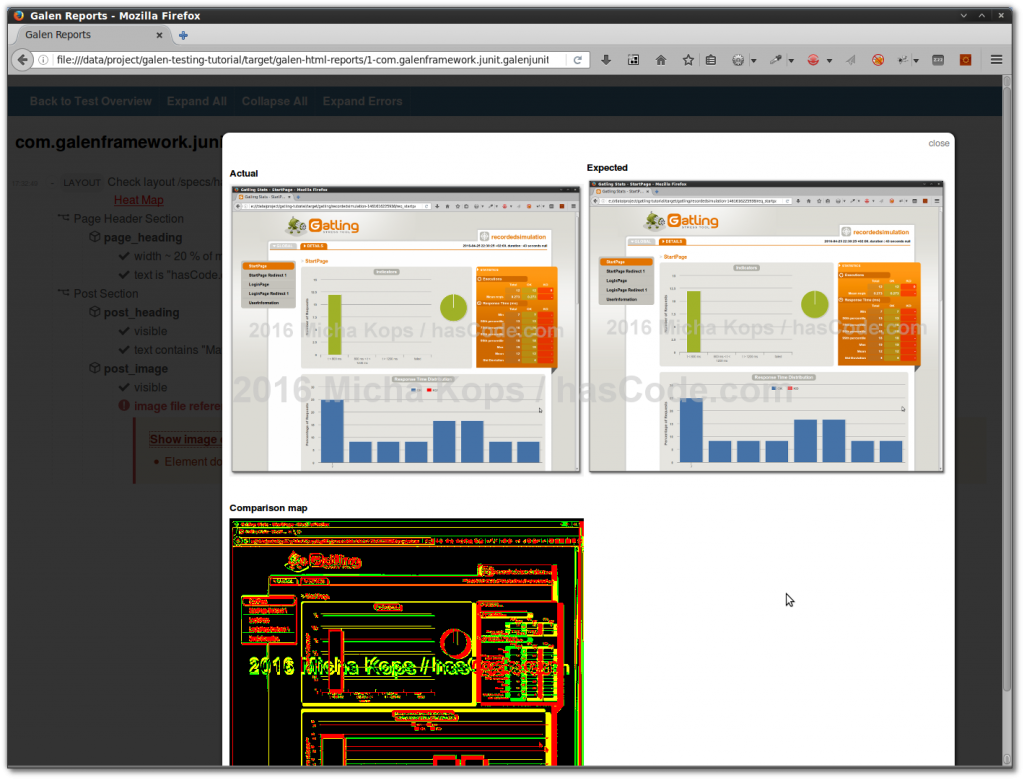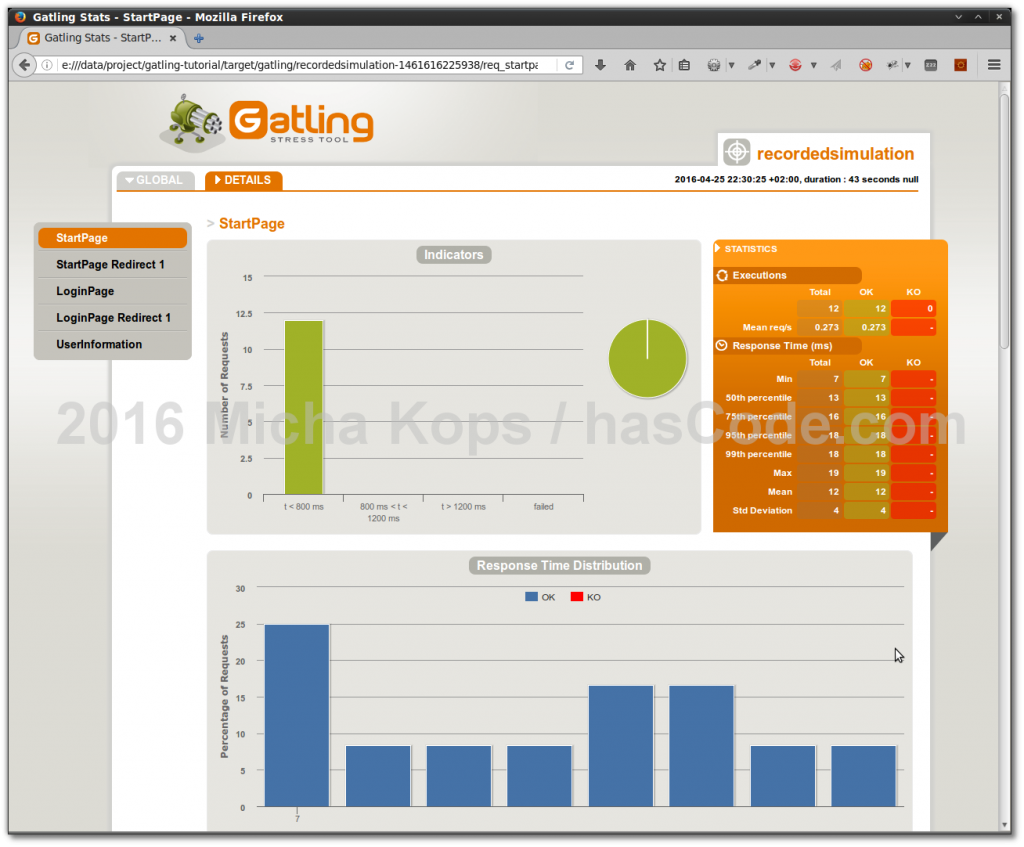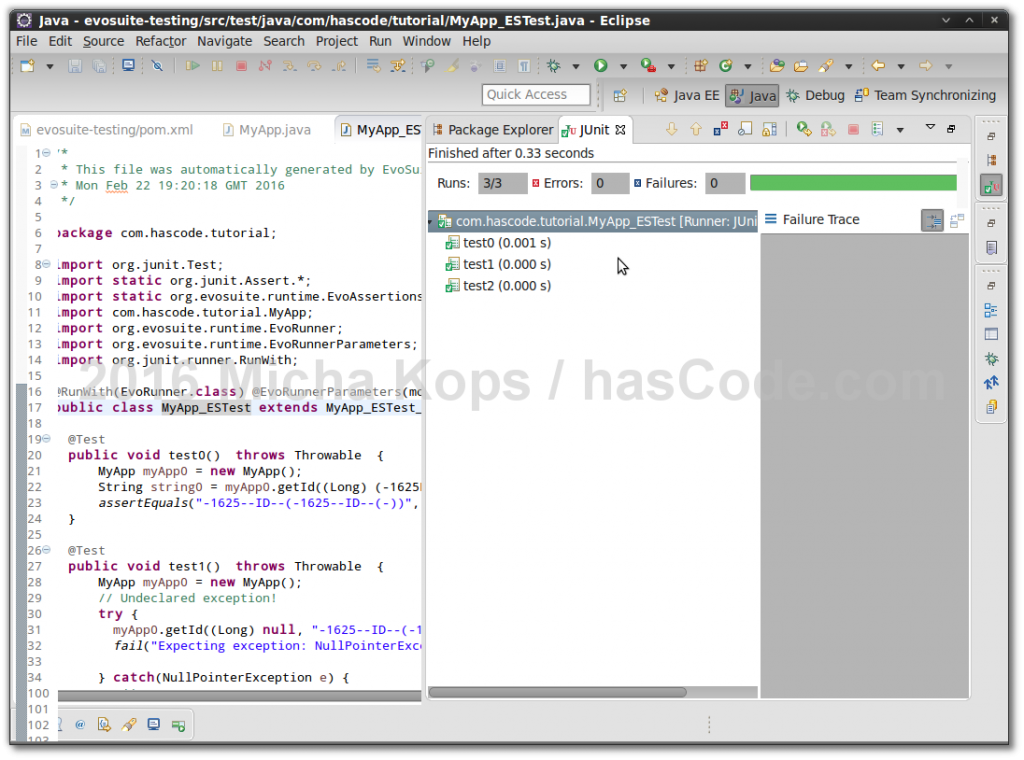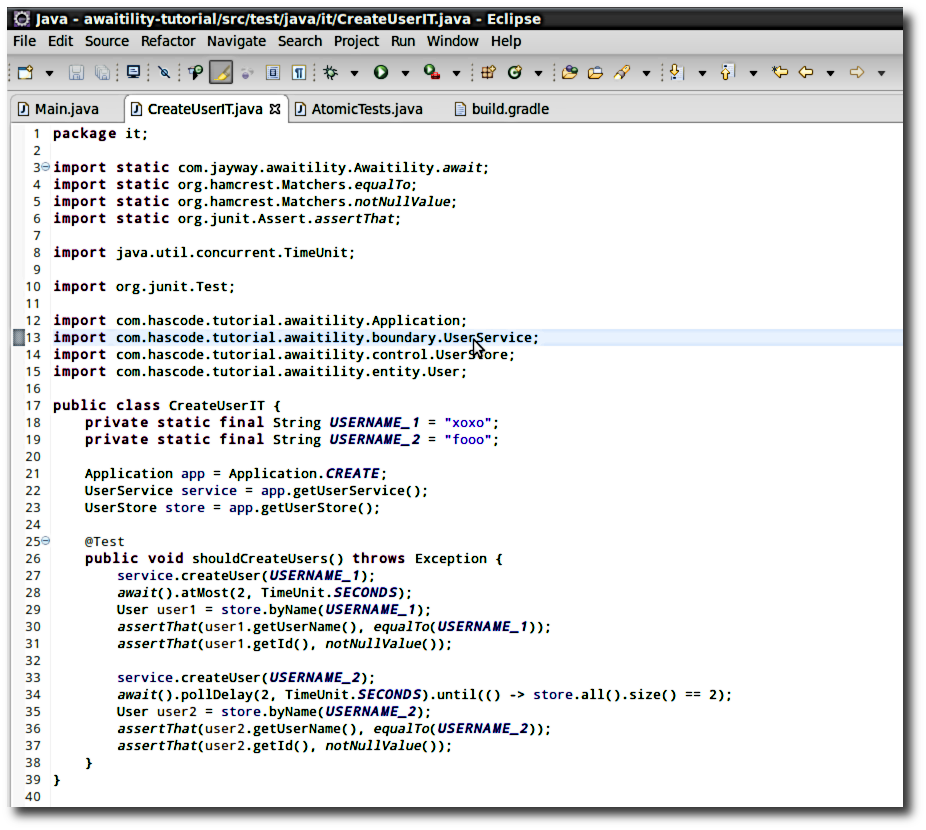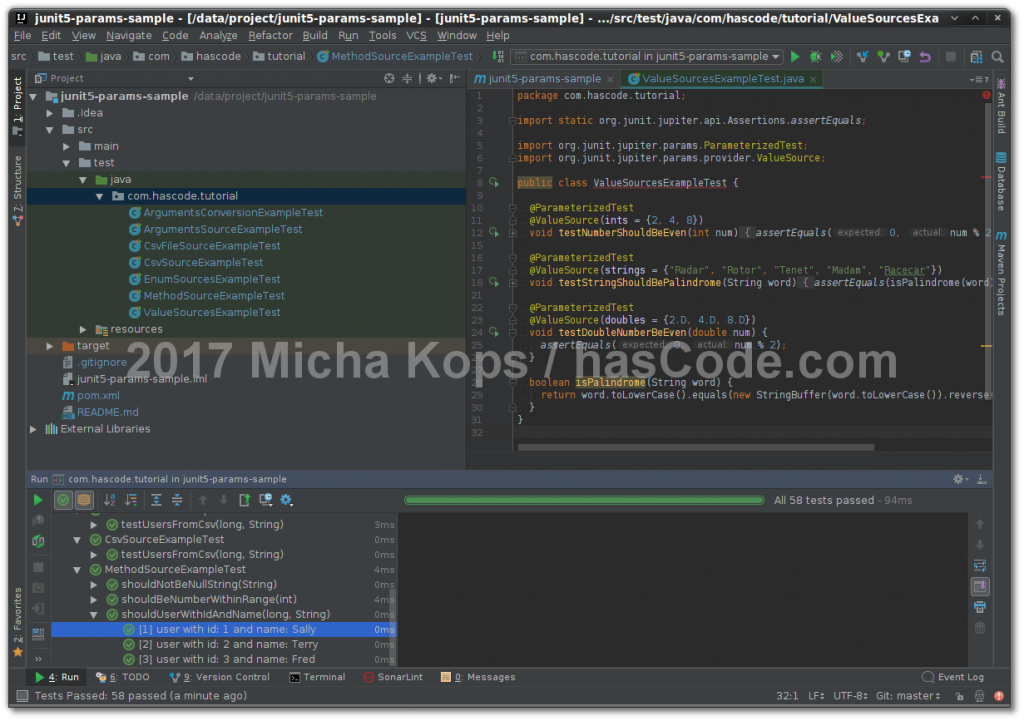
Using JUnit 5 Parameterized Tests, Argument Sources and Converters
With JUnit 5 the possibilities to write parameterized tests have changed and improved a lot. The following short overview covers all new types of possible parameter sources for JUnit 5 tests as well as the new conversion API for test arguments. In addition we’re showing how parameterized tests were written in JUnit 4. Figure 1. Running JUnit5 in IntelliJ About We will be covering all available types of parameter sources in the following sections – all that you need as a prerequisite is Java ™, Maven and a few minutes of your time. ...

